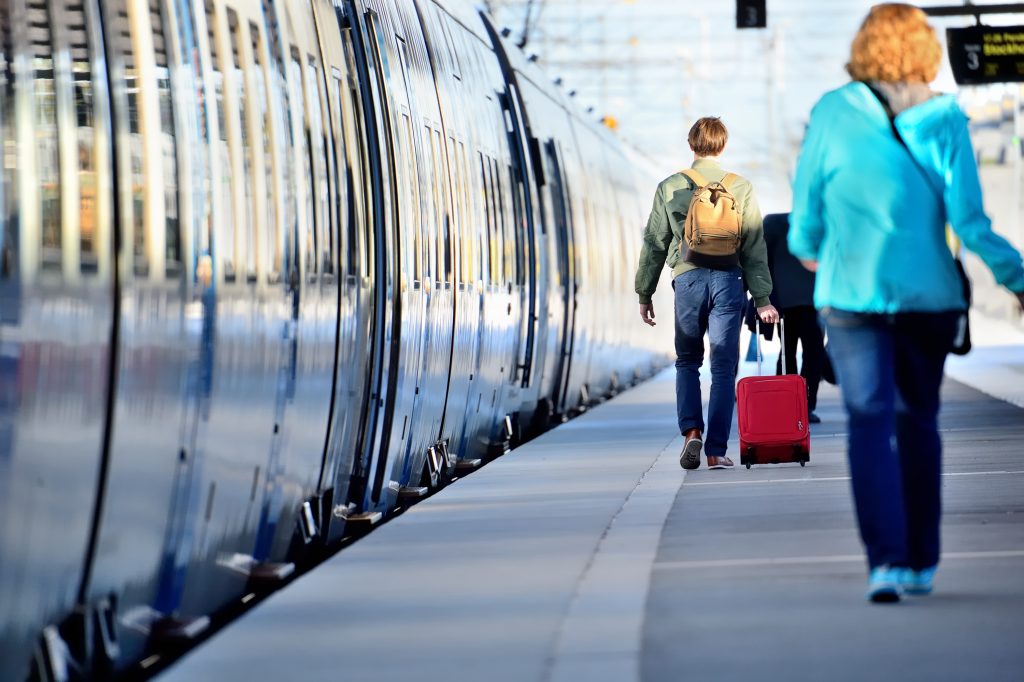The Rail Baltica joint venture, RB Rail AS, has delivered a study evaluating the essential features and requirements for the integration of airport passenger traffic with the Rail Baltica high-speed railway infrastructure. The study outlines a service description, a high-level forecast of usage, and recommendations for the detailed design for railway stations, covering all 7 international Rail Baltica passenger stations – Tallinn, Pärnu, Riga, Riga Airport, Panevėžys, Kaunas and Vilnius, and 4 Baltic airports – Tallinn, Riga, Vilnius and Kaunas.
 The study demonstrates how to integrate air and rail services in a way that enables seamless intermodal passenger and small freight mobility solutions in line with global best practice and future user expectations. The Study recommends that future Rail Baltica, should, inter alia:
The study demonstrates how to integrate air and rail services in a way that enables seamless intermodal passenger and small freight mobility solutions in line with global best practice and future user expectations. The Study recommends that future Rail Baltica, should, inter alia:
- provide combined air-rail ticketing solutions (by promoting integrated cooperation between rail operators and airlines);
- provide fully integrated baggage services, available at the seven international Rail Baltica stations;
- seek to ensure IATA coding of international Rail Baltica stations;
- provide the necessary infrastructural configurations at all international Rail Baltica stations to ensure a unified service standard and functionality.
Timo Riihimäki, RB Rail AS CEO, emphasizes that “the integrated solutions proposed in the study are supported by key Baltic aviation stakeholders, including commercial operators, and are in line with global best practice which has been extensively benchmarked as part of the study. It is, therefore, strongly recommended that Rail Baltica capitalizes on its unique greenfield opportunity by ensuring the appropriate railway design adaptations to enable the recommended functionalities and integrated services to be performed during the Rail Baltica operational phase, following the relevant operator-level business case assessments.”
Furthermore, the study also details key infrastructure requirements to be implemented in the design of Rail Baltica stations to enable optimum air-rail intermodality, including check-in, baggage drop and baggage storage facilities; baggage transfer solutions between rail station platform and airport storage; station safety elements, including removing trip hazards and installing visually contrasting edges and grab rails; passenger information services, showing both flight and train information at airport stations, with train information made available to airports for their use, as well as specific requirements regarding future high-speed railway rolling stock design to enable optimum air-rail integration.
The study is available in full on the Rail Baltica website.
